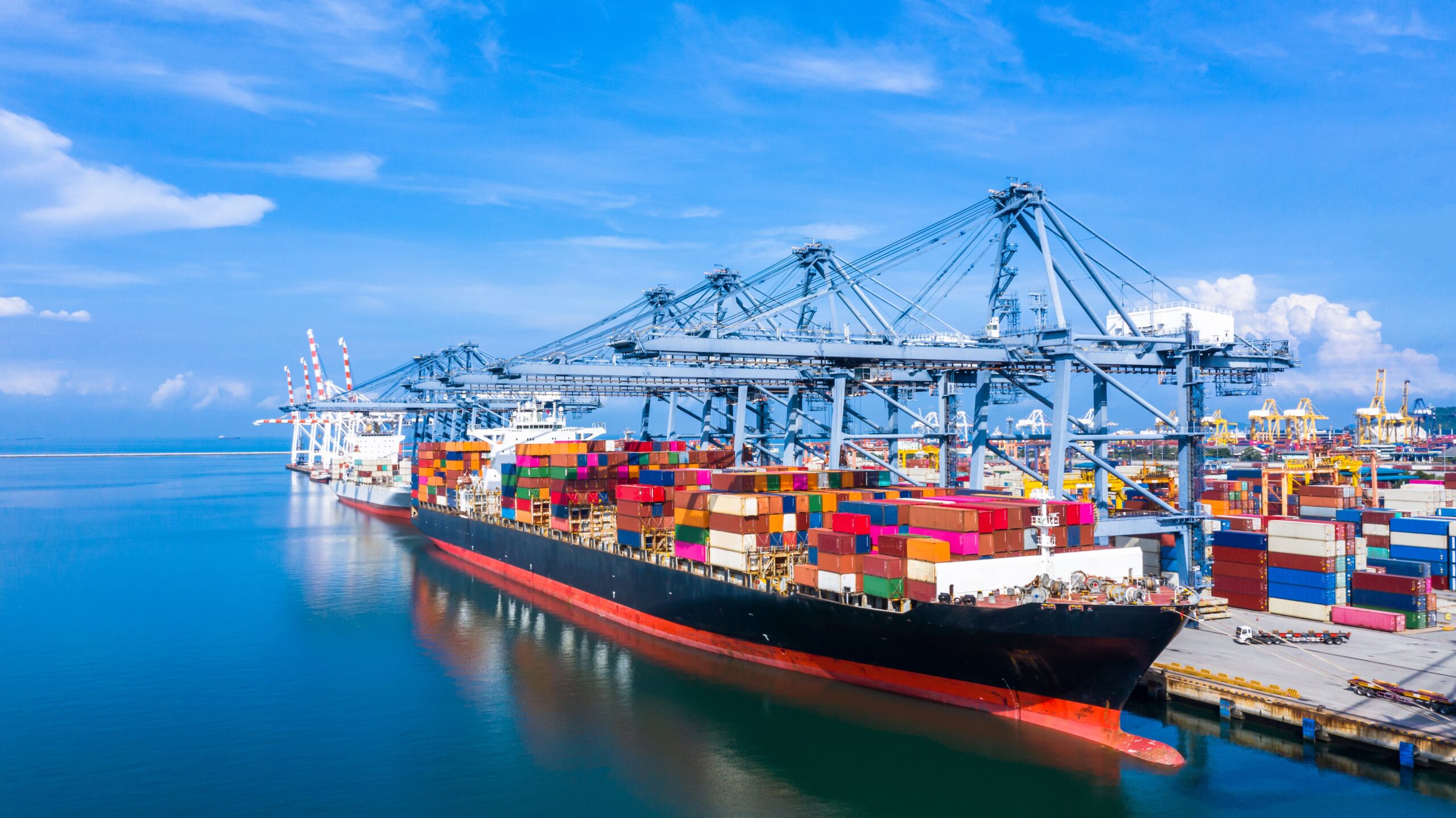Bundling orders for South Africa shipments can significantly reduce costs, simplify logistics, and improve delivery efficiency. Whether you’re a small business owner, a large distributor, or an individual buyer, knowing how to bundle orders for South Africa shipments can streamline your supply chain and enhance your competitiveness in the market. This guide will walk you through the essential steps and strategies to effectively bundle your orders for shipments to South Africa.
1. Evaluate Your Order Requirements
Analyze Product Compatibility
Check if the products in your orders are compatible for bundling. Items with similar shipping requirements, such as temperature – sensitive goods or items that require special handling, should be grouped together. For example, if you’re shipping electronics and clothing, keep them separate as electronics may need more protection and specific handling during transit.
Consider Delivery Timelines
Review the delivery timelines of each order. Try to bundle orders that have similar delivery deadlines to ensure they can be shipped together without causing delays. If an order has a much earlier deadline, it might be better to ship it separately.
2. Communicate with Suppliers
Inform Suppliers of Your Plan
Let your suppliers in China know about your intention to bundle orders for South Africa shipments. They can help you coordinate the production and packaging process. For instance, suppliers can combine multiple small orders into larger packages before shipping, reducing the number of individual packages and saving on packaging materials.
Negotiate Order Consolidation
Work with suppliers to negotiate order consolidation terms. Some suppliers may offer discounts or preferential treatment for bundled orders. You can also discuss the best way to label and mark the combined packages to ensure easy identification and tracking.
3. Choose the Right Bundling Method
Use Pallets or Crates
For larger and heavier orders, pallets or crates are ideal for bundling. They provide stability during transportation and make it easier to handle the goods. Wrap the items securely on the pallet or inside the crate using stretch film or straps to prevent movement. This method is commonly used for shipping furniture, machinery, and large – volume consumer goods to South Africa.
Opt for Package Insertion
For smaller items, you can insert smaller packages into larger ones. For example, if you have several small boxes of accessories, place them inside a larger, sturdy box. Make sure to cushion the items properly to avoid damage during transit.
4. Optimize Packaging and Labeling
Minimize Packaging Materials
Use just enough packaging materials to protect the goods. Excessive packaging adds unnecessary weight and cost. Choose lightweight yet durable materials like recycled cardboard boxes and biodegradable packing peanuts. This not only reduces shipping costs but also aligns with South Africa’s growing focus on environmental sustainability.
Create Clear Labels
Ensure that each bundled package has clear and accurate labels. Include the consignee’s information, your contact details, a detailed list of contents, and the order number. Clear labels make it easier for carriers, customs officials, and the recipient to handle and identify the goods.
5. Select the Appropriate Shipping Method
Consider Cost and Transit Time
Evaluate different shipping methods, such as sea freight, air freight, and rail freight, based on the cost and transit time. Sea freight is usually more cost – effective for large – volume, non – urgent shipments to South Africa, while air freight is faster but more expensive. For time – sensitive orders, air freight might be the better choice despite the higher cost.
Consult with Freight Forwarders
If you’re unsure about the best shipping method for your bundled orders, consult with experienced freight forwarders. Companies like China Top Freight can provide valuable insights and advice based on their expertise in shipping to South Africa. They can help you choose the most suitable carrier and shipping route to ensure your goods arrive safely and on time.
6. Track and Manage Your Bundled Shipments
Implement Real – Time Tracking
Use tracking tools provided by carriers or freight forwarders to monitor the progress of your bundled shipments. Real – time tracking allows you to stay informed about the location of your goods and address any potential issues promptly. You can set up alerts for key milestones, such as when the shipment departs, arrives at the port, or is out for delivery.
Manage Potential Delays
Be prepared for potential delays during the shipping process. If a delay occurs, work closely with your shipping provider or freight forwarder to find solutions. This could involve rerouting the shipment, expediting the customs clearance process, or communicating with the recipient to manage their expectations.
In conclusion, learning how to bundle orders for South Africa shipments requires careful planning, effective communication, and the right choice of methods and shipping partners. By following these steps and strategies, you can take advantage of the benefits of order bundling, including cost savings, improved logistics, and better customer satisfaction. Whether you’re a regular shipper or new to shipping to South Africa, these tips will help you optimize your shipping process and make your business more successful.


